Technology
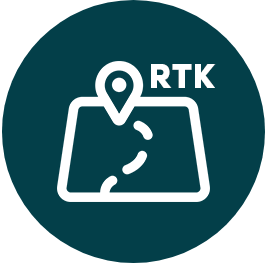
RTK GPS technology is a significant improvement of GPS. By using differential strategies, this technology allows to bring a centimetric precision to UAVs in outdoor environment.
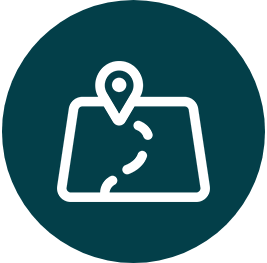
GPS technology allows localisation over the entire surface of the globe, on land and at sea. This technology allows a location with a precision of a few meters. This makes it possible to automate UAV flights without carrying out high-precision missions.
In a logic of long-distance communication and redundancy of communication and control technologies for UAVs, we integrate 3G, 4G and 5G capabilities in our UAVs allowing to communicate at more or less high speed on the networks of operators worldwide. These redundancies are mandatory for certain flight authorizations.
The bluetooth integrated on the UAVs allows low power communications, we integrate high quality modems in order to guarantee high quality communications. The sensors integrated on Squadrone System UAVs can communicate with the UAV or to the ground via Bluetooth.
The wifi integrated on the UAVs allows traceability, communication with the UAV and the transfer of high quality video streams over long distances. Squadrone System integrates high quality modems in order to increase the range of its UAVs.
Infrared sensors allow to see in low luminosity, they are widely used in surveillance, but also to analyze the heat loss of a building or to see the focus of a fire for example. UAVs integrating infrared sensors increase their capacity of use in industrial or civil security cases.
RFID (Radio Frequency Identification) technology allows contactless information retrieval. Used in particular in industrial traceability, the technology is of great interest associated with UAVs integrating a reader. Squadrone System masters RFID integration and calibration.
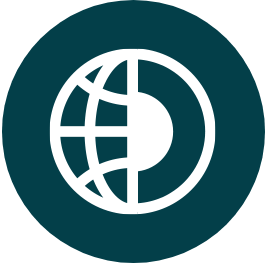
Optical flow allows to measure an optical flow. Used on a drone, these sensors are very useful for estimating displacement speeds and help to stabilize the drone.
especially in indoor environments or when the GPS signal is weak or non-existent. This type of sensor is sensitive to changes in brightness and has optimum operating distances to be maintained.

The inertial system allows to measure vibrations, accelerations, attitudes and attitude changes of the drones. These components are essential to stabilize a UAV or a nacelle.
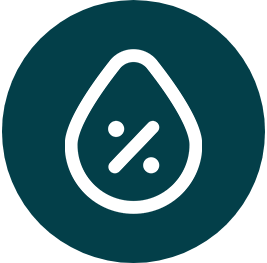
Humidity sensors :
- make it possible to take humidity measurements at different altitudes to refine weather predictions.
- in indoor environment they allow to know the near hydrometry in places difficult to access.
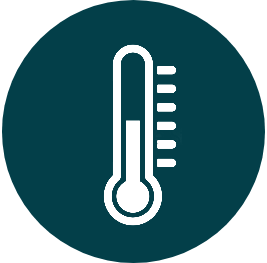
Temperature sensors are used for calibration purposes, but they can also be used, for example :
- make temperature measurements at different altitudes to refine weather predictions.
- in an indoor environment to know the temperature close to a heat source and or cold source that is difficult to access.
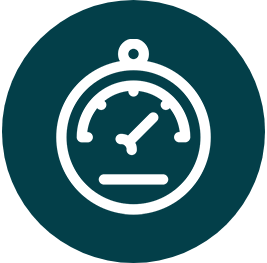
Pressure sensors allow the drones to stabilize in the atmosphere.
They can, for example, take atmospheric pressure measurements at regular frequencies and at different GPS altitudes in order to refine weather forecasts.
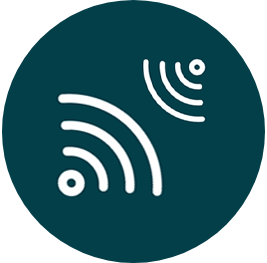
Ultra wide band technology is particularly interesting in indoor environments. This technology is weakly impacted by interference from other communication frequencies. Indeed its spectrum and signal are radically different from other radio technologies. Squadrone System uses UWB components from different suppliers.
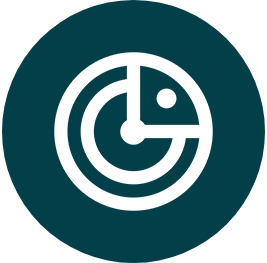
SONAR (sound navigation ranging) is a technique which, like LIDAR, measures the propagation time of waves to measure distances. These lightweight and efficient technologies can be used to understand the environment in which the UAV is operating even in poor light conditions.
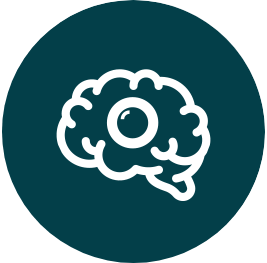
Smart cameras can be used in a wide range of applications. Compared to more complex SLAM technologies or those using markers (active and passive), these compact cameras have built-in computing power. These capabilities enable the extraction of 3D information in an environment used for precision location and navigation.
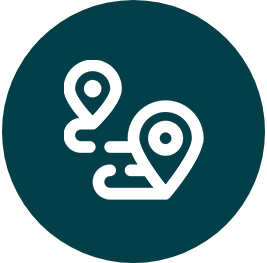
The LIDAR (light detection and ranging) technology is particularly interesting in both indoor and outdoor environments. Using the ToF (Time of Flight) method, LIDAR allows the generation of hundreds of thousands of points with a high refresh rate to map and model complex environments.
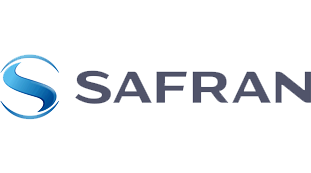
UAVs research and development projects
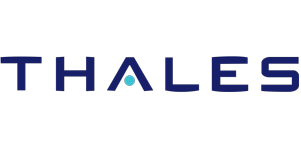
UAVs research and development projects
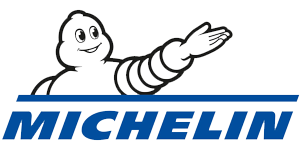
UAVs research and development projects
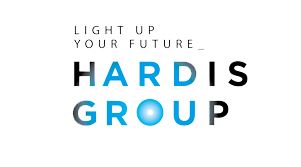
Development of the EyeSee inventory drone for Hardis Group
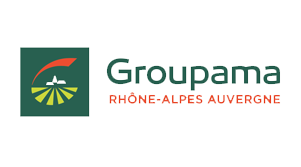
Groupama has designed HexoExpert a drone solution for agricultural expertise with Squadrone System
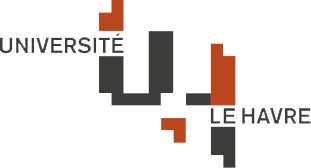
Research and development activity on the control of UAV swarms

Squadrone System has developed the first autonomous drone for extreme sportsmen and women: Hexo+